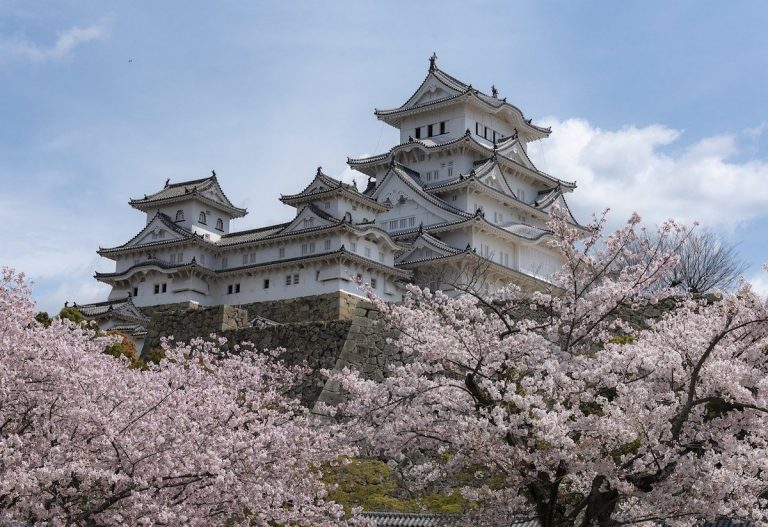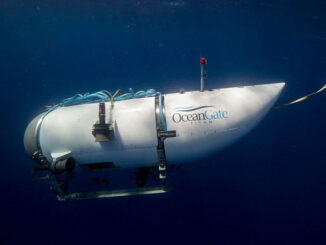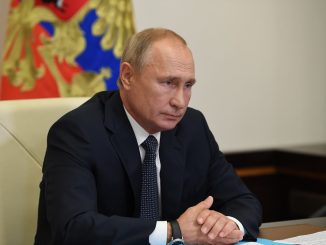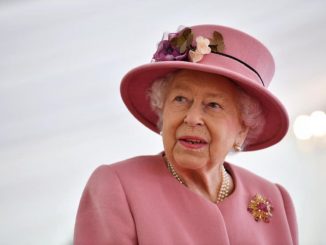Ten years on, more than 40,000 people are unable to return home, most of them from areas near Fukushima Daiichi.

On March 11, 2011, Japan faced a moment when the north-east coast struck by a magnitude 9.0 earthquake. Huge waves swept across swathes of the north-east coast and triggered a nuclear meltdown. It killed more than 18,000 people in Fukushima.
Japan 10 years : Tsunami which killed 18,500 people
On March 11, 2021, people attending private and public service across the affected region bowed and fell silent, some clapping their hands in prayer to mark its tragedy. In Tokyo, the prime minister, Yoshihide Suga, and the emperor, Naruhito, offered their condolences at a socially distanced ceremony at the national theatre.
Naruhito said, “It’s an unforgettable memory of the tragedy. Many of those afflicted, despite their having suffered from unimaginably enormous damage, have overcome numerous hardships by helping one another.” Suga said the challenges faced by survivors had been compounded by the pandemic and natural disasters, including a recent strong quake in the region, classified as an aftershock of the 2011 tremor. But he said Japan had always “overcome every crisis with courage and hope”.
Much of the coastal towns and villages swept away by the tsunami have been reconstructed at an estimated cost of ¥30 trillion ($280bn). Roads, train lines, housing – and miles of protective seawalls have mostly been completed, but large swathes of land remain empty. Many communities struggling to restore their populations to pre-disaster levels.
Ten years on, more than 40,000 people are unable to return home, most of them from areas near Fukushima Daiichi. That’s a place when the triple meltdown forced the immediate evacuation of 160,000 people. While the plant’s operator, Tokyo Electric Power [Tepco], stabilised the destroyed reactors at the end of 2011, work has barely begun to locate and remove melted nuclear fuel – a complex decommissioning operation that is expected to take at least 40 years and cost of billions of dollars.
Tepco and the Japanese government must also decide what to do with a million tonnes of contaminated water being stored in more than 1,000 tanks on the site. Tepco says the tanks’ 1.37 million tonne storage capacity will be full by the autumn of 2022. The most likely option is slowly releasing it into the Pacific Ocean. But it opposed by neighbouring countries and local fishers, who say the move would ruin efforts to rebuild their industry and livelihoods.
The anniversary came just two weeks before Fukushima hosts the start of the torch relay for the Tokyo 2020 Olympics, billed by Games organisers as a showcase for recovery efforts there and in the prefectures of Miyagi and Iwate, where most of the tsunami deaths occurred. Different people in Japan marked this event in their way. Nayuta Ganbe, a resident of the city of Sendai, usually marks the anniversary in private but said he had decided to take part in an official event this year to help process his grief losing his classmates.
Reverend Akira Sato, who ministered at several churches in areas near the nuclear plant that are still off-limits, planned to visit one of the abandoned churches. While in Iwaki, Atsushi Niizuma prayed for his mother, who was killed by the tsunami. In Ishinomaki, where the tsunami killed an estimated 3,300 people, officials and guests attended the unveiling of a cenotaph to the victims. “As a place that was hit hard by the disaster, we want to carry forward its memory so that such a sacrifice never needs to be made again,” the city’s mayor, Hiroshi Kameyama, said.





Leave a Reply